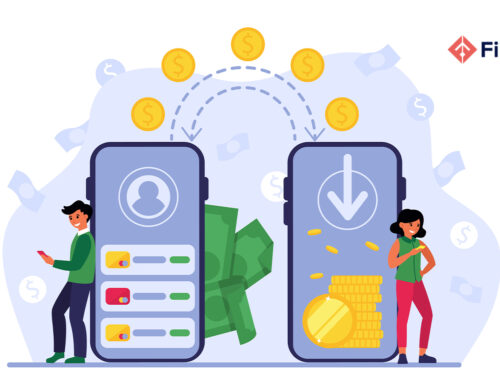Loans for Non-corporate, non-farm small / micro enterprises
The Mudra Loan scheme is a main part of the Pradhan Mantri MUDRA Yojana (PMMY) by the Government of India, designed to help micro and small businesses. The applicant must show theMudra loan documents that prove their identity, the success of their business, and their ability to repay the loan. They are vital in making decisions on approval and disbursements.
List of Documents Needed for Applying MUDRA Loan
While applying for a MUDRA loan under the Pradhan Mantri MUDRA Yojana (PMMY), individuals need to show certain Mudra loan documents to show who they are, why they want the loan, and their financial history. Having these documents makes the process of getting approved by the bank much easier.
Mandatory Documents Include:
- A MUDRA loan application form (PDF format) that is correctly filled out together with recent passport-size photos
- The documents required for the applicant’s KYC.
- Aadhar Card
- PAN Card
- Passport
- Voter ID
- Driving License
- Birth Certificate / Certificate for Passing Class X
- Water/Electricity/Gas Bill
- You must provide your latest 12-month bank statement from your active account as income proof.
- If required, you should use last year’s Income Tax Return (ITR).
- If you belong to SC/ST/OBC, include a proof of your identity.
- Items that show business activities, for example:
- If registered, you will have a Registration Certificate.
- Bills for rent or utilities with the business’s name
- Specification of machinery/equipment to be bought
- Any documents that the concerned bank or lender may need
The Mudra loan documents required may differ according to your business type, where you are in your business, and the MUDRA loan you need.
- Shishu: You can get a loan of up to ₹50,000 if your business is in the beginning stages.
- Kishor: Businesses can borrow money between ₹50,001 and ₹5 lakhs to help them grow.
- Tarun: This means that enterprises can apply for loans ranging from ₹5 lakhs to ₹10 lakhs to help them expand.
MUDRA loans are distributed by banks, NBFCs, SFBs, and other institutions that get approval from the RBI. They give lenders insight into the borrower’s qualifications and the chances of the business plan succeeding.
The Features and Eligibility Criteria of Mudra Yojana
- The candidate should be at least 18 years old and not older than 65 years.
- Banks offer interest rates that vary from one to another.
- You do not have to borrow a certain amount.
- The most you can get is Rs. 10 lakhs.
- No collateral/security is needed.
- The processing fee is waived on this application.
- The loan period for repayment may be as long as 5 years.
- No amount is charged for foreclosure.
- People who have never defaulted on any loan will be considered.
Eligible Entities
Mudra Loan is available to the following people:
- People & Startup Companies
- There are Micro, Small, and Medium Enterprises (MSMEs).
- Business owners, entrepreneurs, and people who are self-employed
- Artisans, Vendors, Shopkeepers, Traders, Retailers, Manufacturers, and many more business activities
- Businesses such as Sole Proprietorships, Partnership Firms, Limited Liability Partnerships (LLPs), and others are involved only in trading, manufacturing, and services sectors
How Finline Simplifies Your Mudra Loan Application
Get Your Project Report in 3 Easy Steps
🔹 Step 1: Choose Your Business Type
Whether you’re a small manufacturer, service provider, trader, or startup, Finline helps you select the right category. Your report is automatically tailored to meet what Mudra loan evaluators look for.
🔹 Step 2: Answer Simple Guided Questions
Forget complicated forms! Just respond to a few easy, jargon-free questions about your business idea, operations, and funding goals. Finline’s intelligent platform builds a structured project report based on your inputs.
🔹 Step 3: Download Your Bank-Ready Report
In minutes, you’ll get a fully formatted, professionally designed report in PDF or Word—ready to submit with your Mudra loan application. Easy to edit, approved by lenders, and available anytime.





